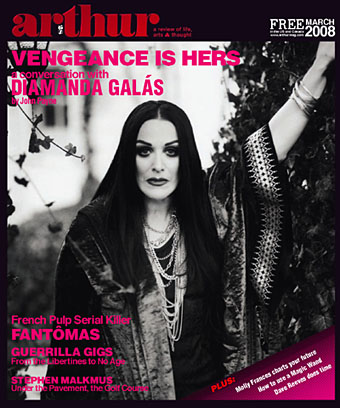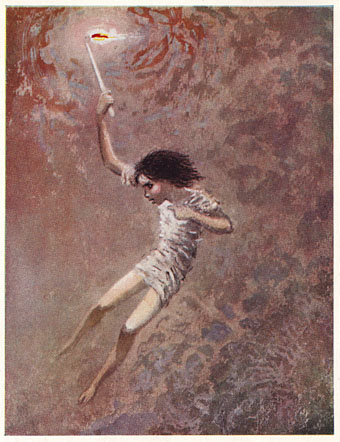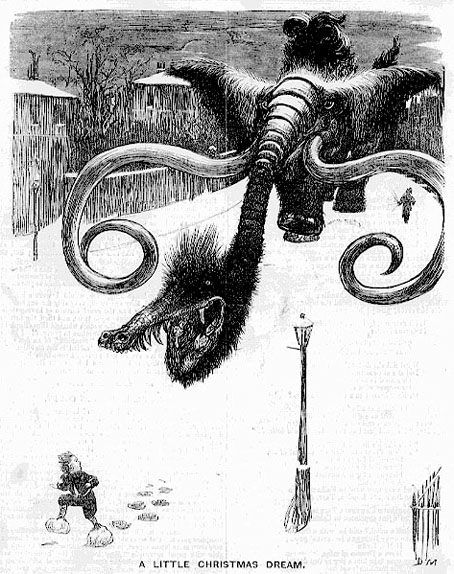It’s always a red letter day when a new issue of Arthur Magazine appears and this one is especially good, featuring a substantial history of the creation and influence of pulp villain Fantômas (for which I helped source some photos) and an interview with extraordinary singer and musician Diamanda Galás. Lots more besides and as always it’s FREE in the US & Canada. If your local record store or coffee house isn’t carrying it (or you’re outside North America) you can subscribe or download the PDFs.
Previously on { feuilleton }
• Another playlist for Halloween
• Judex, from Feuillade to Franju
• Fantômas
• A playlist for Halloween



